Southern Scotland was once the setting of a huge population of Catholic monks dedicated to the various monastic orders of their time. Benedictine, Cistercian, Dominican, and Augustinian monasteries may not have taken center stage in the play of historical events – that is part of what it means to be a monk – but the past would be far more opaque without the work of monks who set about recording events in the world beyond their quiet walls. Much of what we know of the so-called Dark Ages is courtesy of the scribes of the various monasteries that thrived in that period. But seeing the tumble-down Glenluce Abbey, I’m reminded of a deep irony: These walls have fallen, the stones repurposed for fields or crofts, and the history of the brothers themselves, the life and events within the walls, is lost.
I never miss the chance to visit Scottish ruins, so when I planned my drive out to Castle Kennedy I built in a morning stop at Glenluce Abbey on the way. Standing among broken abbeys and crumbled castles, I visualize the future when someone like me will be standing next to the ruins of a skyscraper or a mall or a movie theater. It’s a kind of time travel that forces a temporal view of the world I find compelling, as you can see in my Picture This posts.
I found Glenluce Abbey alone in a quiet, little valley near the Luce river with nary a soul in sight. In fact, I wasn’t sure it was a) open, or b) even staffed. To be fair, it was early on a Saturday morning, and so I ran into the attendant at the coffee machine rubbing Friday night from his eyes. With a nod of his head I was out on the soft grass around Glenluce Abbey. Glenluce was founded around 1191 by Roland, Lord of Galloway, as a daughter house of Dundrennan Abbey. As a Cistercian monastery, Glenluce Abbey followed the order’s standardized layout, with the church to the north (so as not to block daylight from domestic buildings), monks’ quarters to the east and south, and the west range dedicated to the lay brothers.
I was able to explore Glenluce Abbey in less than half an hour, mainly because most of the church as been reduced to wall footings. The most interesting sections remaining include part of the presbytery and the south transept, though you can still clearly see the layout of Glenluce. As usual, Historic Scotland does a nice job bringing the abbey to life with their informational boards. Later buildings like the chapter house still remain, and there’s an interesting museum of relics inside the entry building. Dundrennan has a more striking situation, but Glenluce’s position beyond a forested bend outside of town makes it feel close to forgotten.
Glenluce Abbey was party to a typically sordid event in Scottish history. Gilbert, the Earl of Cassillis during the reign of Mary, Queen of Scots, gained control of Glenluce Abbey by persuading one of the abbey monks to counterfeit signatures required to convey the abbey and its lands to him and his heirs. Of course the Earl couldn’t have his little deception revealed, and so he hired an assassin to kill the monk responsible for the forgeries. You see the problem. Now the assassin knew too much, so Gilbert convinced his uncle to ring up the assassin on fake charges of theft and promptly hung the unlucky (and unscrupulous) fellow. History reveals no other deaths in this episode, though I wonder if Gilbert’s uncle might have had an unfortunate accident shortly thereafter. Buoyed by the success of capturing Glenluce Abbey, Gilbert worked laboriously to acquire Crossraguel Abbey by a different means: Torture.
Glenluce Abbey and those who peopled it led a quiet existence. When the Scottish Reformation crashed upon the religious order of Scotland, it ruined the livelihoods of the monks and their abbeys shortly fell into disuse and ruin. So Glenluce Abbey stands today, prey to the ravages of time and weather, a skeleton for the future in which to wander and wonder.
Disclosure: Historic Scotland provided me with a complimentary visit. All thoughts and opinions expressed here are my own.

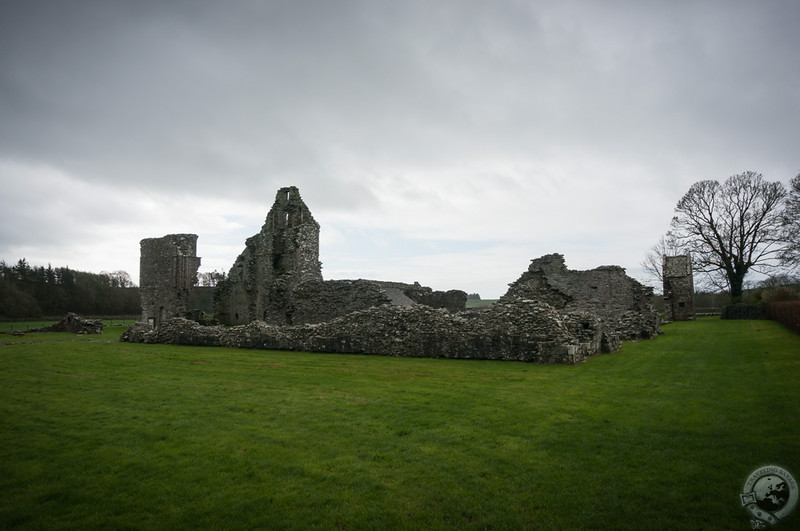
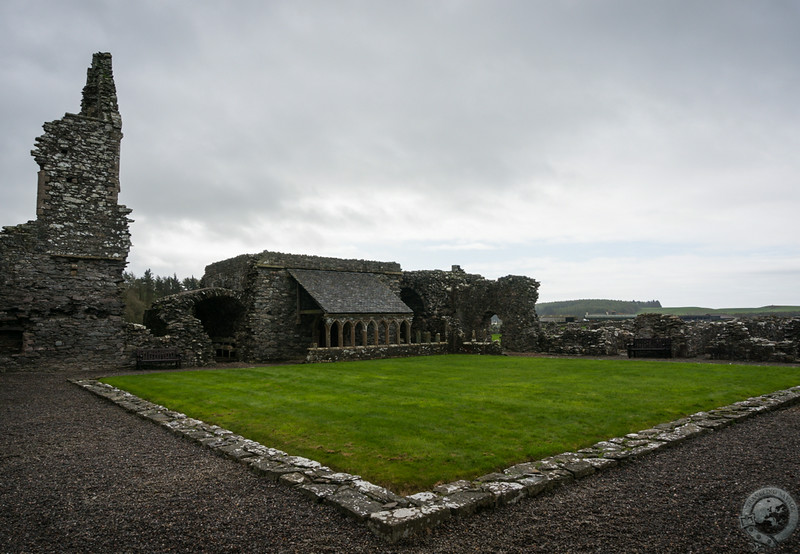
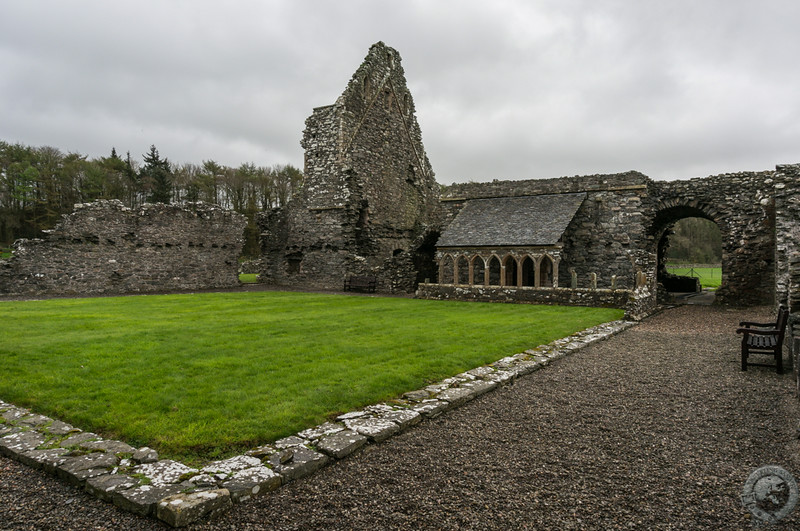
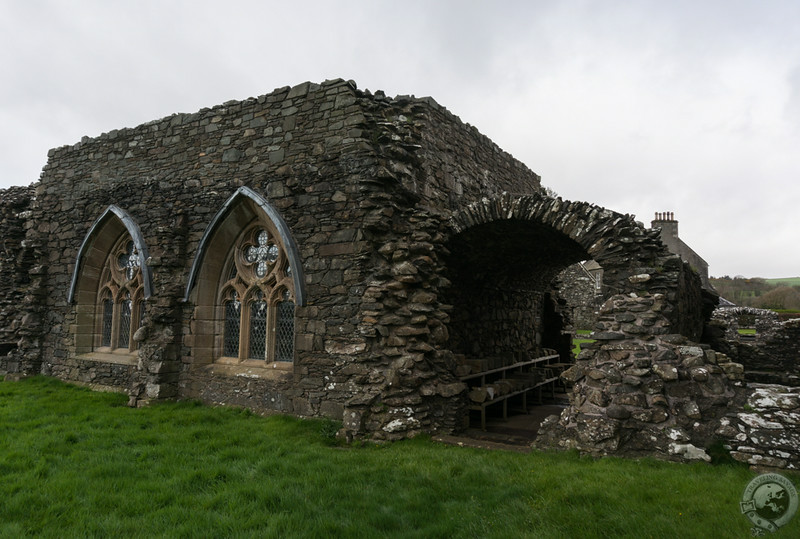
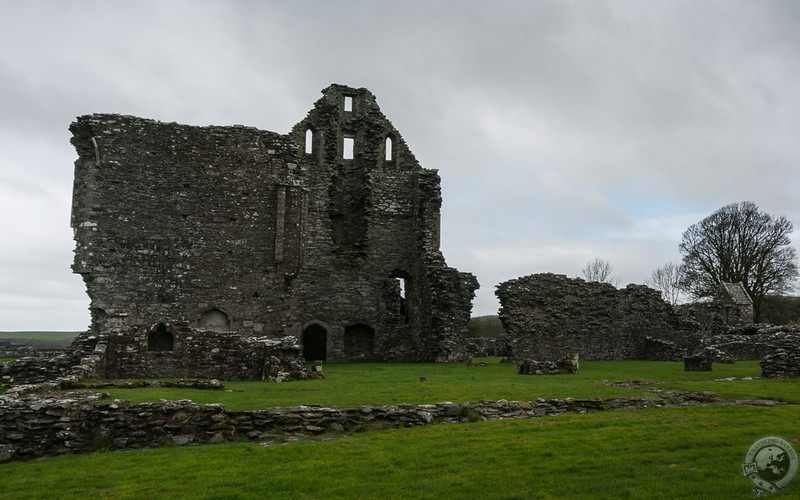
I have never been there, but it looks like a cool place to visit. I’ll try to go soon.
[…] was the question that spurred me onward from Kirkcudbright and late into the day after visiting Glenluce Abbey and Castle Kennedy. Most people don’t pay much attention to the extreme south of Dumfries […]
Sad.
[…] and back to the A75. Your journey around The Machars has concluded, but you are near beautiful Glenluce Abbey, so why not make one last stop before returning home? Give yourself a pat on the back. You’ve […]